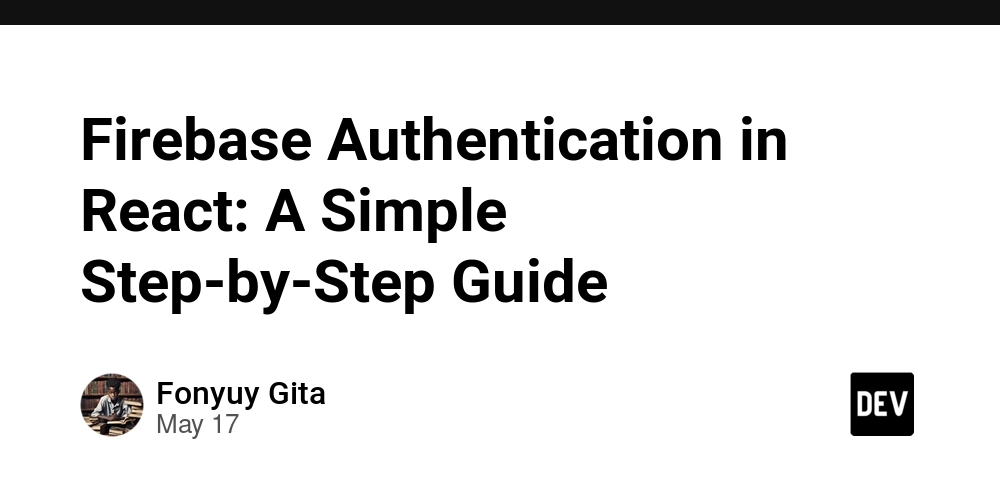Malware Defense 101 – Identifying and Removing Modern Threats
The cybersecurity landscape in 2025 is defined by increasingly sophisticated malware threats, with attackers leveraging artificial intelligence, evasion tactics, and polymorphic code to bypass traditional defenses. Stealers, ransomware, and remote access trojans (RATs) dominate the threat matrix, while AI-driven malware adapts in real time to exploit vulnerabilities in cloud infrastructure, IoT devices, and human behavior. […] The post Malware Defense 101 – Identifying and Removing Modern Threats appeared first on Cyber Security News.

The cybersecurity landscape in 2025 is defined by increasingly sophisticated malware threats, with attackers leveraging artificial intelligence, evasion tactics, and polymorphic code to bypass traditional defenses.
Stealers, ransomware, and remote access trojans (RATs) dominate the threat matrix, while AI-driven malware adapts in real time to exploit vulnerabilities in cloud infrastructure, IoT devices, and human behavior.
This article examines current malware trends, detection and removal strategies, and proactive measures to future-proof defenses against evolving cyber risks.
The Dominance of Data-Stealing Malware
Stealers have surged to the forefront of cyber threats, accounting for 51,291 detected incidents in 2024, a 180% increase from the previous year.
These malware variants, including Lumma Stealer and Stealc, specialize in harvesting credentials, financial data, and sensitive corporate information.
Their popularity stems from the lucrative underground market for stolen data, which fuels ransomware campaigns and identity theft schemes.
Loaders and RATs follow closely, with 28,754 and 24,430 detections, respectively. These enable attackers to deploy secondary payloads and maintain persistent access to compromised systems.
Ransomware remains a critical concern, with incidents rising by 81% year over year. Modern variants like LockBit 3.0 now employ triple extortion tactics—encrypting data, threatening leaks, and launching DDoS attacks—to pressure victims into paying ransoms.
Meanwhile, fileless malware, which operates entirely in memory, evades 70% of traditional antivirus tools by leaving no disk-based signatures.
Evasion and Exploitation Tactics
Attackers increasingly combine technical subterfuge with psychological manipulation. Sandbox evasion techniques detected 134,260 times in 2024, delaying malicious activity until systems appear inactive and bypassing automated analysis.
Concurrently, 35,272 spearphishing campaigns used AI-generated deepfakes to impersonate executives, tricking employees into approving fraudulent transactions. These strategies exploit gaps in both technological defenses and human vigilance.
Behavioral Analysis and AI-Driven Tools
Signature-based detection, while foundational, fails against 45% of zero-day and polymorphic threats. Enterprises now prioritize behavioral analytics, which monitors anomalies like unusual process injections or mass file operations.
For example, systems flagging 85,546 instances of unauthorized email collection in 2024 prevented data exfiltration by mimicking legitimate Outlook activities.
AI-enhanced endpoint detection and response (EDR) platforms analyze 1.8 billion indicators of compromise (IOCs) daily, correlating network traffic, registry changes, and user behavior to identify threats.
These tools proved critical in neutralizing the “DEEP#GOSU” campaign, which used encrypted PowerShell scripts hidden within Google Drive links.
Cloud and IoT Vulnerability Management
With 32% of breaches originating from misconfigured cloud services, organizations are adopting cloud security posture management (CSPM) tools.
These automatically rectify exposed storage buckets and enforce least-privilege access, blocking attacks like the 2025 healthcare API breach that exposed 25 million records.
For IoT devices, micro-segmentation isolates smart sensors and cameras into secure zones, containing malware like Mirai variants that target unpatched firmware.
Incident Response Best Practices
When infection occurs, a structured response minimizes damage:
- Immediate Isolation: Disconnect affected devices from networks to prevent lateral movement. In the 2025 logistics ransomware attack, segmentation confined malware to 12% of systems, averting total operational collapse.
- Forensic Analysis: Memory dumps and registry audits identify persistence mechanisms like scheduled tasks or rogue services. The AsyncRAT campaign used disguised Windows Update entries to reactivate after a reboot.
- Multi-Vector Eradication: Combine antivirus scans with manual artifact removal. Xcitium Anti-Malware, for instance, eliminated 92% of fileless threats by scanning RAM for malicious PowerShell scripts.
Post-removal, restore data from air-gapped backups- a practice that saved 68% of ransomware targets from paying ransoms in 2024.
Patch management is equally critical; the FBI attributed 40% of reduced malware incidents to timely updates addressing ProxyLogon and Log4j vulnerabilities.
Defensive AI now counters offensive applications through techniques like:
- Generative adversarial networks (GANs) that simulate attack patterns to harden systems preemptively
- Predictive analytics forecasting attack vectors based on dark web chatter and vulnerability disclosures
CISA’s 2025 mandate requires federal agencies to deploy these tools, reducing successful intrusions by 53%.
Zero Trust architectures, which authenticate every access request, blocked 89% of supply chain attacks in early 2025 by verifying software integrity before execution.
Emerging hardware security modules (HSMs) also encrypt data at the processor level, rendering stolen information unusable to attackers.
A Proactive Security Posture
Combating modern malware demands continuous adaptation. By integrating behavioral analytics, AI-driven EDR, and Zero Trust frameworks, organizations can detect 93% of threats before execution.
Regular red-team exercises and employee phishing simulations reduce breach risks by 67%.
As cybercriminals weaponize quantum computing and deepfake technology, investing in adaptive defenses will separate resilient enterprises from vulnerable targets in the escalating malware arms race.
Find this News Interesting! Follow us on Google News, LinkedIn, & X to Get Instant Updates!
The post Malware Defense 101 – Identifying and Removing Modern Threats appeared first on Cyber Security News.










































































![iPhone 17 Air Could Get a Boost From TDK's New Silicon Battery Tech [Report]](https://www.iclarified.com/images/news/97344/97344/97344-640.jpg)
![Vision Pro Owners Say They Regret $3,500 Purchase [WSJ]](https://www.iclarified.com/images/news/97347/97347/97347-640.jpg)
![Apple Showcases 'Magnifier on Mac' and 'Music Haptics' Accessibility Features [Video]](https://www.iclarified.com/images/news/97343/97343/97343-640.jpg)
![Sony WH-1000XM6 Unveiled With Smarter Noise Canceling and Studio-Tuned Sound [Video]](https://www.iclarified.com/images/news/97341/97341/97341-640.jpg)















![Upgrade your CarPlay experience in 2025 with Ottocast NanoAI and Mini Wireless [20% off]](https://i0.wp.com/9to5mac.com/wp-content/uploads/sites/6/2025/05/nano-ai-banner-pc.jpg?resize=1200%2C628&quality=82&strip=all&ssl=1)

















































































































































































































![[The AI Show Episode 147]: OpenAI Abandons For-Profit Plan, AI College Cheating Epidemic, Apple Says AI Will Replace Search Engines & HubSpot’s AI-First Scorecard](https://www.marketingaiinstitute.com/hubfs/ep%20147%20cover.png)
























![How to Enable Remote Access on Windows 10 [Allow RDP]](https://bigdataanalyticsnews.com/wp-content/uploads/2025/05/remote-access-windows.jpg)




































































































































![How to make Developer Friends When You Don't Live in Silicon Valley, with Iraqi Engineer Code;Life [Podcast #172]](https://cdn.hashnode.com/res/hashnode/image/upload/v1747360508340/f07040cd-3eeb-443c-b4fb-370f6a4a14da.png?#)


![[FREE EBOOKS] Modern Generative AI with ChatGPT and OpenAI Models, Offensive Security Using Python & Four More Best Selling Titles](https://www.javacodegeeks.com/wp-content/uploads/2012/12/jcg-logo.jpg)





























































































.png?#)





